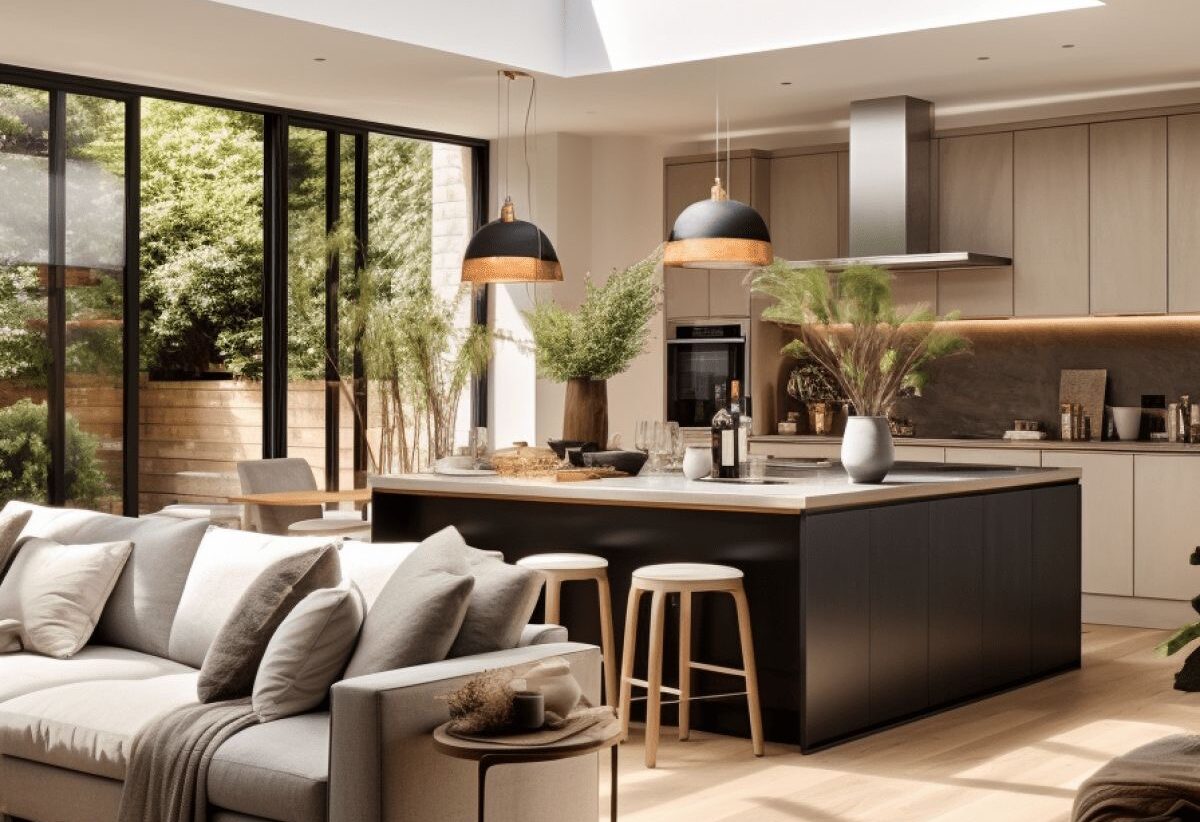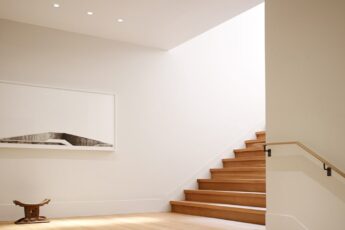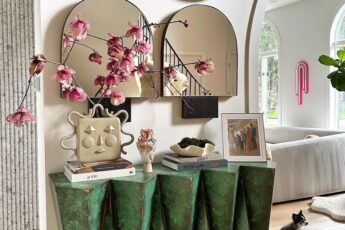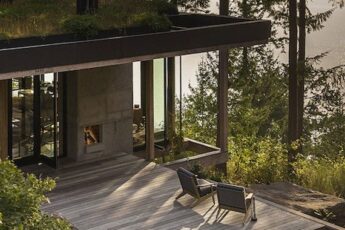Imagine if you could somehow design the perfect interior layout for your home. Putting the walls in just the right place would let you maximize your square footage while also benefiting from a more pleasant feel. But what do you need to do to make this happen?
Well, it turns out that experience is teaching architects and designers some important lessons. It is now becoming clear what the perfect home layout looks like and how you can implement it in your property.
Zoning For Noise Control
Top of the list of priorities in many home designs is zoning for noise control. Householders want places they can go to indulge in hobbies while resting and recovering. For this reason, the ideal home layout separates bedrooms from entertainment and music areas (sometimes using soundproofing materials). Creating this distance makes the home more functional and prevents unwanted noise from leaking into the surroundings.
Indoor-Outdoor Connection
Another ingredient of the ideal home layout is an indoor-outdoor connection. Connecting the building with the garden makes it more functional, especially in the summer, and can add to the beauty of various spaces.
Many homeowners focus on the interiors of their properties, believing that the square footage is paramount. While it is true that it is important, most people spend the majority of their time on sunny restful days outdoors, particularly when the weather is good.
Functional Kitchen
Then, there’s the functional kitchen element. Ideal home layouts should allow you to cook what you want when you want.
Most designers adopt the kitchen triangle rule. The idea here is to place the refrigerator, stove, and sink within easy reach, allowing for faster food prep. These arrangements should happen automatically if you have a small kitchen, but they might not if your place is bigger. A functional kitchen is essential if you’re the sort of person who does more than heating food up in the microwave!
Exceptional Traffic Flow
When arranging your home’s interiors, you also want to accommodate exceptional traffic flow. Keeping everything moving prevents annoying bottlenecks from developing (which could impede people moving from A to B).
Traffic should move freely through public areas (similar to highways in a city) and then move slowly elsewhere, like near the bedrooms. These parts of the home should be cut off from the rest, and there should only be one reason for visiting them.
Natural Light Optimization
You also want to optimize the natural light in your home to ensure it has the right layout. Adding windows and skylights that improve your mood and reduce energy costs lets you get more from the space available. Ensure you position windows strategically to flood key areas and kitchens with daylight.
Create Harmony
Lastly, work on creating harmony in your interior spaces. Ensure your layouts reflect your design preferences while ensuring the room shapes don’t look forced. While some arrangements might be more functional, they don’t always look good, which can be jarring to the eye. You always want a balance between beauty and practicality.
You’ll also like this:
Your New Home, Your Style: How to Add Personal Touches









Leave a Comment